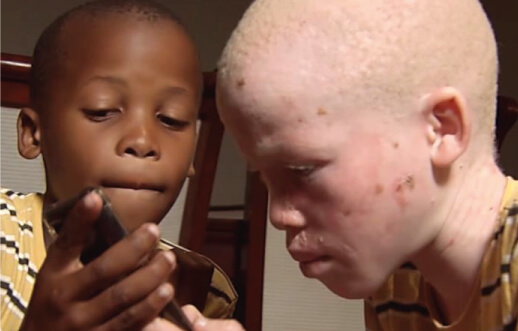 ISO 24444 / ISO 24443
ISO 24444 / ISO 24443 EU COLIPA and SANS 1557 Verified Broadspectrum Sunscreens

The UV Index is a crucial measurement for understanding daily sun intensity and skin damage risk across South Africa. Our real-time UV data helps you plan appropriate sun protection strategies based on your location and current conditions.

The Ultra Violet (UV) index is an internationally recognised measure of the sun's potential to damage our skin and eyes. It is based on the McKinlay-Diffey Erythema Action Spectrum, which accounts for the fact that different wavelengths of UV radiation cause varying degrees of skin damage.
South Africa consistently experiences some of the highest UV index readings in the world due to its geographical position, altitude (especially in the Highveld), and clear skies throughout much of the year.
| UV Index | Risk Level | Recommended Protection Measures |
|---|---|---|
| 0-2 | Low |
• Minimal protection required for most skin types • SPF 15+ recommended for fair skin • Safe to enjoy outdoor activities |
| 3-5 | Moderate |
• Wear SPF 30+ sunscreen • Use sunglasses and wear a hat • Seek shade during midday hours • Reapply sunscreen every 2 hours |
| 6-7 | High |
• Apply SPF 30-50+ sunscreen generously • Wear protective clothing and wide-brim hat • Reduce sun exposure between 10am - 4pm • Reapply sunscreen every 1-2 hours • Sunburn can occur in 15-25 minutes without protection |
| 8-10 | Very High |
• Apply SPF 50+ sunscreen liberally • Wear protective clothing, hat and sunglasses • Minimize outdoor activities between 10am - 4pm • Seek shade whenever outside • Reapply sunscreen every hour • Sunburn can occur in 10 minutes without protection |
| 11+ | Extreme |
• Take all precautions - SPF 50+ sunscreen, protective clothing • Avoid outdoor activities between 10am - 4pm • Stay in shade or indoors when possible • Reapply sunscreen every hour • Drink plenty of water to prevent dehydration • Sunburn can occur in less than 10 minutes without protection |
While moderate sun exposure has benefits, excessive UV radiation can cause numerous short and long-term health issues:
Children have thinner, more sensitive skin and can burn more easily than adults. Sun damage during childhood is strongly linked to increased skin cancer risk later in life.
Extra precautions:
People with albinism lack melanin, the natural pigment that provides some UV protection. They require maximum sun protection every day, year-round.
Essential protection:
Construction workers, farmers, landscapers, and other outdoor professionals face chronic UV exposure, significantly increasing their risk of skin damage and cancer.
Workplace protection:
Solar noon is when the sun reaches its highest point in the sky and UV radiation is at its peak intensity. In South Africa, this typically occurs between 12:00 and 13:00, depending on your location and the time of year.
It's important to note that maximum UV risk doesn't align perfectly with temperature. UV levels can be extremely high even on mild or cloudy days, especially at higher altitudes like the Gauteng Highveld.
South Africa has unique geographical features that contribute to high UV exposure:
| City | Altitude | Annual Sunny Days | Highest UV Season | Peak UV Range |
|---|---|---|---|---|
| Johannesburg | 1,500-1,800m | ~300 days | Oct-Mar | 10-12+ |
| Pretoria | 1,339m | ~295 days | Oct-Mar | 10-12+ |
| Cape Town | 0-300m | ~280 days | Nov-Feb | 9-11 |
| Durban | 0-150m | ~320 days | Dec-Feb | 10-11 |
| Bloemfontein | 1,395m | ~325 days | Nov-Mar | 10-12+ |
Why are UV levels so high in South Africa?
Kool-a-Sun offers a range of products suited to different UV index levels:
Our team can help you choose the right sun protection products based on your skin type, activities, and local UV conditions.
Contact Us